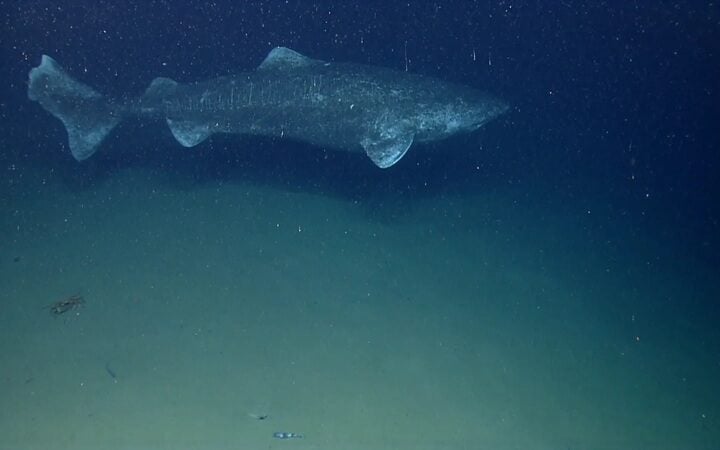Nasa’s Chandra x-ray observatory is a Telescope specially designed to detect x-ray emissions from very hot regions of the Universe such as exploded stars, clusters of galaxies and matter around black holes. Because x-rays are absorbed by Earth’s atmosphere, Chandra must orbit above it, up to an altitude of 139,000 km (86,500miles) in space.
The Smithsonian’s Astrophysical Observatory in Cambridge, MA, hosts the Chandra x-ray centre which operates the satellite, processes the data & distributes it to scientists around the world for analysis. The centre maintains an extensive public website about the science results and an education programme.
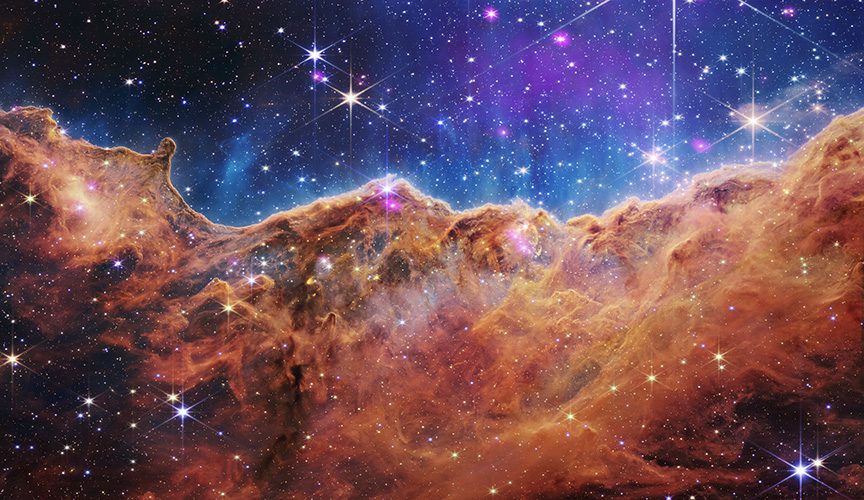
Chandra carries very sensitive mirrors vested inside each other. The energetic x-rays strike the insides of the hollow shells & are focused onto electronic detectors at the end of the 9.2 m (30ft) optical bench depending on which detector is used. Very detailed images or spectra of the cosmic source can be made and analysed.
Chandra has imaged the spectacular and glowing remains of exploded stars & taken spectra shining the dispersal of elements. Chandra has observed the region around the supermassive black hole in the centre of our Milky Way and found black holes across the Universe.
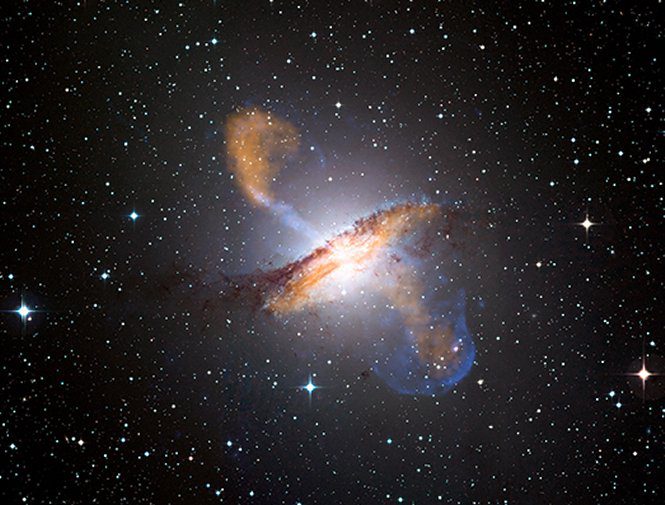
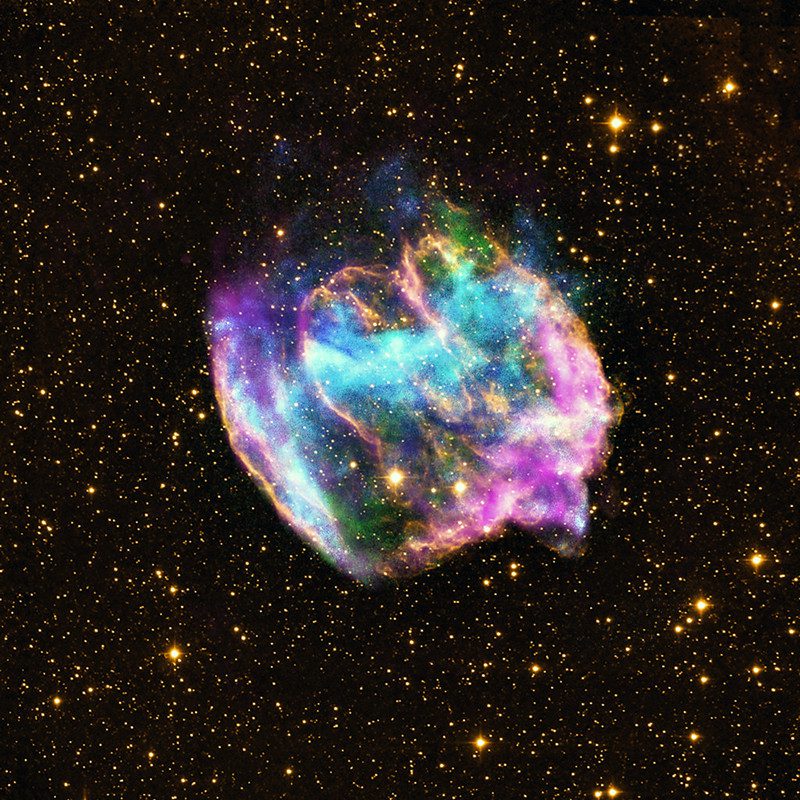
Chandra has traced the separation of dark matter from normal matter in the collision of galaxies. In a cluster and is contributing to both dark matter and dark energy studies. As its mission continues, Chandra will continue to discover startling new science about our high energy Universe.
Dr Subramanyan Chandrasekhar, after whom NASA‘s x-ray observatory is named, was widely regarded as one of the foremost astrophysicists of the 20th century. Chandra immigrated in 1937 from India to the US, where he joined the faculty of the University of Chicago a position he remained in until his death. He and his wife became American citizens in 1953.
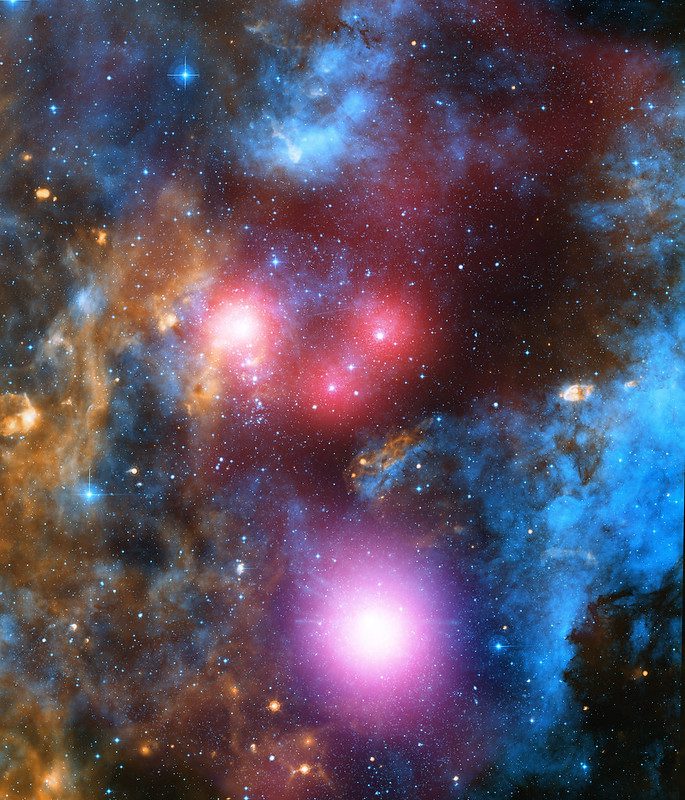
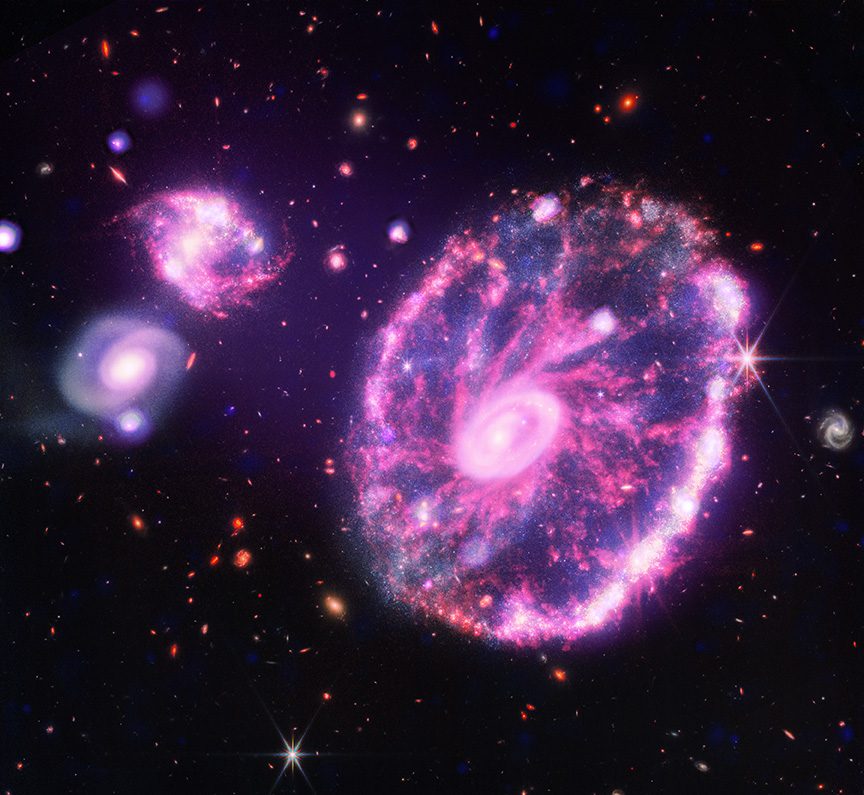
Trained as a physicist at Presidency College, Madras (Chennai), India, and at the ‘varsity of Cambridge, UK, he was one of the first to combine the discipline of physics and astronomy. Early in his career, he demonstrated that there is an upper limit-now called the Chandrasekhar Limit- to the mass of a white dwarf star. He was awarded a Nobel prize in1983 for Physics.




